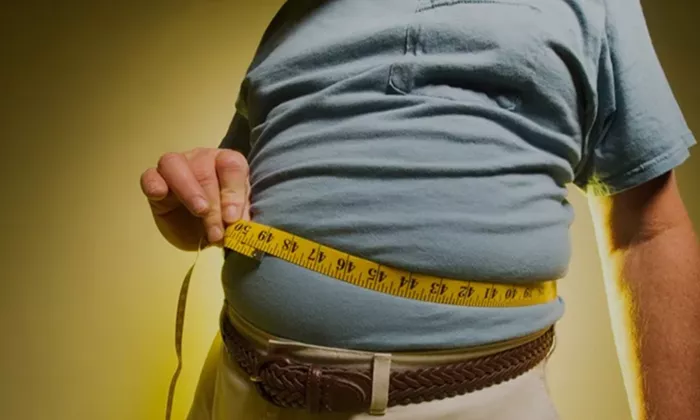A groundbreaking study set to be presented at the European Congress on Obesity (ECO 2025) in Malaga, Spain, suggests a significant link between sodium consumption and the risk of both general and abdominal obesity. The research, led by Annika Santalahti from the Finnish Institute for Health and Welfare, examines the relationship between dietary sodium and obesity levels in Finnish adults, shedding light on how everyday foods, not just unhealthy options, contribute to high sodium intake.
The study highlights a growing body of evidence that associates excessive sodium intake with obesity, specifically focusing on its connection to body mass index (BMI) and waist circumference—key indicators of general and abdominal obesity. The World Health Organization (WHO) defines obesity as a BMI of 30 kg/m2 or higher, while abdominal obesity refers to excess fat around the abdomen, which is linked to an increased risk of cardiovascular disease.
Historically, Finland has seen a decline in sodium intake since the 1970s, when the country had one of the highest heart disease mortality rates in the world. However, sodium consumption has stabilized since 2007. The researchers pointed out that, contrary to popular belief, unhealthy foods are not the primary source of excessive sodium. Instead, processed meat, bread, and dairy products—especially cheese—are the main contributors in Finland. The authors emphasize the need for population-level interventions, calling for collaboration with the food industry to reduce sodium intake.
The study used data from the National FinHealth 2017 Study, which included 4,014 participants (2,222 men and 2,792 women) aged 18 or older. Sodium intake was assessed using a validated food frequency questionnaire, and urine samples were collected from a subset of participants to measure sodium concentration. Body mass index and waist circumference measurements were used to assess general and abdominal obesity.
The findings revealed that the median sodium intake exceeded the WHO’s recommended limit of 5 grams per day for most participants, except for women in the lowest quartile of intake. Men in the highest quartile consumed 2.3 times more sodium than those in the lowest quartile, with the highest intake averaging 4,900 mg/day in men and 3,750 mg/day in women—more than double the recommended daily salt intake.
The researchers found a clear correlation between high sodium intake and higher rates of general and abdominal obesity. In the fully adjusted analysis, women in the highest sodium quartile were 4.3 times more likely to have general obesity and 3.4 times more likely to have abdominal obesity than women in the lowest quartile. Similar trends were observed when sodium concentration in urine was used as a measure, reinforcing the reliability of both dietary and urinary sodium measurements.
For men, while the association between sodium intake and obesity risk followed a similar pattern, statistical significance was only achieved for urine sodium concentration. Men in the highest urine sodium quartile were found to be six times more likely to have general obesity and 4.7 times more likely to have abdominal obesity compared to men in the lowest quartile.
The study also explored the underlying biological mechanisms that could explain this relationship, suggesting that high sodium intake may affect the secretion of hormones related to satiety. The researchers also speculated that excessive sodium intake might reflect a broader trend of poor dietary quality, as high-sodium foods are often ultra-processed, contributing to overeating and increased obesity risk.
The authors emphasized that the food industry plays a critical role in addressing high sodium intake, as many sodium-rich foods are part of everyday diets. They advocate for changes in both the food industry and the overall food environment to help reduce sodium consumption on a population level. As the study’s findings underscore the complex relationship between sodium intake and obesity, the authors call for further research into the biological mechanisms at play and the broader nutritional patterns of individuals with high sodium diets.
Related topic:
Family-Based Intervention Reduces Obesity and Cardiovascular Risk
Weight Loss Surgery Benefits Persist Despite Regain
Childhood Obesity Linked to Increased COPD Risk in Adulthood

